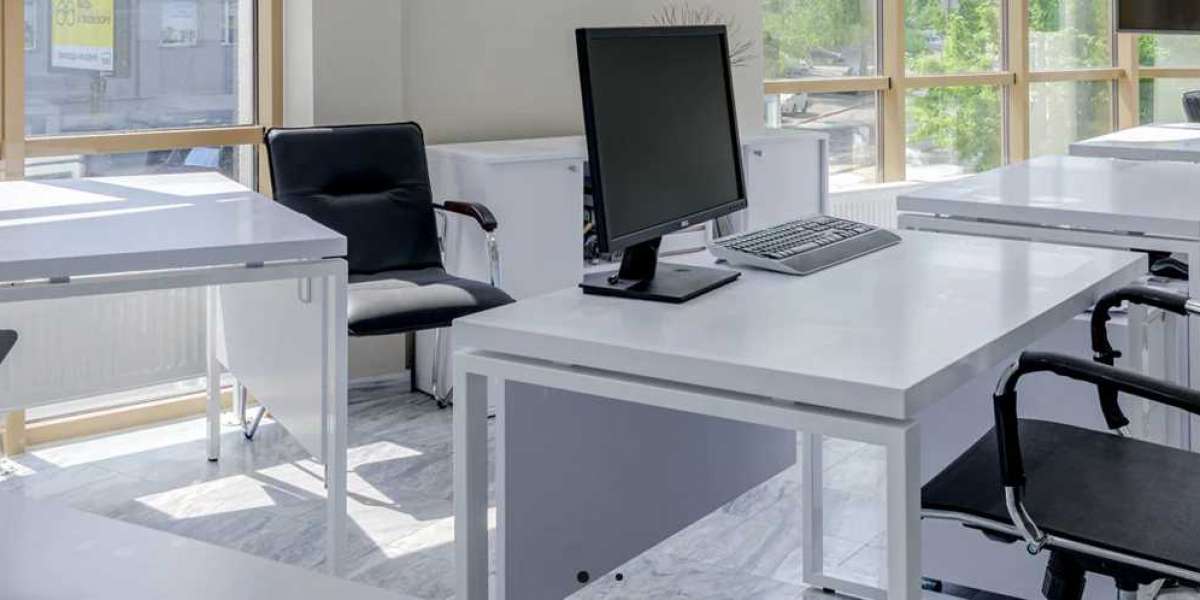Choosing the right office chair material is crucial for both comfort and durability. With various materials available, each with its pros and cons, the right choice depends on your work environment, style preferences, and specific needs. Here’s a guide to help you select the best office chair material:
1. Leather
Pros:
- Luxurious Aesthetic: Leather chairs exude a classic, professional look, making them ideal for executive settings.
- Durability: High-quality leather is long-lasting and can withstand years of use without showing signs of wear.
- Easy to Clean: Leather is resistant to stains and easy to wipe clean, making it ideal for work environments where spills might occur.
Cons:
- Price: Genuine leather chairs tend to be more expensive than other materials.
- Heat Retention: Leather can get hot and sticky, especially in warmer environments, and may cause discomfort if used for long hours.
- Maintenance: Leather requires regular conditioning to prevent cracking and to maintain its texture.
Best For: Executive offices or those looking for a luxurious, high-end look in their workspace.
2. Faux Leather (PU Leather)
Pros:
- Cost-Effective: Faux leather offers the luxurious look of real leather at a more affordable price.
- Easy Maintenance: Like genuine leather, it is easy to clean and is resistant to spills.
- Animal-Friendly: Faux leather is a vegan alternative to genuine leather, appealing to those looking for cruelty-free options.
Cons:
- Durability: It is not as durable as genuine leather and can crack or peel over time.
- Less Breathable: Faux leather can feel hot and less breathable, similar to genuine leather, particularly in warm environments.
Best For: Budget-conscious buyers or those who prefer a leather look without the high cost or animal products.
3. Mesh
Pros:
- Breathability: Mesh chairs are known for their excellent ventilation, allowing air to circulate and keeping you cool during long work hours.
- Lightweight: Mesh chairs are often lighter than leather or fabric chairs, making them easy to move.
- Low Maintenance: Mesh is relatively easy to clean and maintain, requiring minimal effort to keep it looking fresh.
Cons:
- Less Padding: Mesh chairs tend to offer less cushioning compared to fabric or leather, which may not be ideal for those who prefer a plush, padded seat.
- Durability Issues: Over time, mesh can stretch and lose its supportive structure, making it less durable than some other materials.
Best For: Individuals who need a breathable, cool seating option, particularly in warmer climates or long work sessions.
4. Fabric
Pros:
- Comfortable: Fabric chairs are typically soft and offer more cushioning than mesh or leather, making them comfortable for extended use.
- Variety of Designs: Available in a wide range of colors and patterns, fabric chairs can be easily matched to any office décor.
- Affordable: Fabric chairs are often more affordable than leather options, making them a good choice for budget-conscious buyers.
Cons:
- Stain Prone: Fabric is more likely to absorb spills and stains, making it harder to clean than leather or mesh.
- Less Breathable: While some fabrics are breathable, they can still trap heat compared to mesh chairs.
- Wear and Tear: Over time, fabric can fade or become worn, especially with heavy use.
Best For: Those looking for a soft, cushioned seat with a wide range of style options and who don’t mind occasional cleaning.
5. Vinyl
Pros:
- Water-Resistant: Vinyl is resistant to moisture, making it a good choice for environments where spills are common.
- Easy to Clean: Similar to leather, vinyl is easy to wipe down and maintain.
- Affordable: Vinyl is less expensive than genuine leather but offers a similar appearance, making it a budget-friendly option.
Cons:
- Heat Retention: Like leather and faux leather, vinyl can feel hot and sticky, particularly in warmer temperatures.
- Durability: It’s less durable than leather and can crack or peel over time with heavy use.
Best For: Medical offices or environments where spills and stains are common and easy cleanup is a priority.
6. Knit or Woven Materials
Pros:
- Breathable and Comfortable: Knit materials are often stretchy and breathable, offering good ventilation and comfort similar to mesh.
- Stylish: Knit and woven materials come in a variety of patterns and textures, allowing for more style customization.
- Flexible Fit: These materials often conform to the user’s body, providing a flexible fit and good support.
Cons:
- Less Durable: Knit materials can stretch over time and may not offer the same long-term durability as leather or mesh.
- Difficult to Clean: Like fabric, woven materials can be prone to staining and require more care to keep clean.
Best For: Those seeking a balance between breathability, comfort, and style.
7. Plastic or Polyurethane (PU Foam)
Pros:
- Durable and Easy to Clean: Plastic or polyurethane foam chairs are often very durable and easy to clean, making them ideal for busy work environments.
- Affordable: These materials tend to be more cost-effective than other options.
- Resilient: Chairs made with PU foam or plastic tend to hold their shape well and provide firm support over time.
Cons:
- Less Comfortable: These materials can lack the softness or breathability of mesh, fabric, or leather chairs.
- Limited Style: Plastic and PU foam chairs are generally less stylish and come in fewer design options than other materials.
Best For: Industrial settings, workshops, or high-traffic areas where durability and easy maintenance are more important than comfort or style.
How to Choose the Right Office Chair Material for You
- Climate: If you work in a warm environment, breathable materials like mesh or fabric are better for keeping you cool. Leather and vinyl may feel sticky in hot weather.
- Comfort: If comfort is your top priority, fabric or cushioned leather chairs might offer the plush feel you need. Mesh is breathable, but may not provide enough cushioning for some users.
- Durability: For long-term use, genuine leather or high-quality mesh is more durable, while faux leather and fabric may wear down faster.
- Style: Choose a material that complements your office décor. Leather offers a professional look, while fabric comes in a variety of colors and patterns to suit any style.
- Maintenance: If easy cleaning is important, leather, faux leather, or vinyl chairs are easier to maintain. Fabric chairs may require more care to keep them looking good.
- Budget: Mesh and fabric chairs are generally more affordable, while high-end leather chairs come at a premium. If you're on a budget, consider faux leather or basic fabric options.
Conclusion
The best office chair material depends on your specific needs, preferences, and work environment. Consider factors like comfort, style, durability, and maintenance when making your choice. Whether you prefer the luxury of leather, the breathability of mesh, or the softness of fabric, there’s a perfect material for every workspace.








